Qutub Minar is the tallest brick tower in the world, with a height of 73 m, the tower has 5 floors, recognized by UNESCO as a World Heritage Site, remains one of the most magnificent buildings of India from the time medieval. The first three floors of the tower are built of red sandstone while the fourth and fifth floors are made of marble and sandstone.
Located in the Mehrauli area of Delhi, the Qutub Minar tower was requested to be built by Qutub-ud-din Aibak, who laid the foundation for the Mamluk dynasty (1206-1290) in India. Inspired by the victory tower in Ghazni, Afghanistan, its construction began in 1192 AD but unfortunately Qutub-ud-din-Aibak did not live long enough to witness its completion. . The tower was eventually completed by his successors Iltutmish and Firoz Shah Tughlaq. That is, the base of the Qutab Minar tower was built in 1200, but it was not until more than 150 years later that the last floor of the tower was completed.
Another attraction here is the Quwwat-ul-Islam Mosque located right next to the minaret. Built by Qutub-ud-din-Aibak, the mosque is considered the first building in the Qutub complex. One of the most famous of these is the Iron Pillar, also known as the Ashokar Column, which dates back to the 4th century. About 7.5 m high and weighing over six tons, the pillar is famous for its high resistance to corrosion. . Tourists to the complex have the belief that if you can wrap your arms around the pillar while standing with your back to it, any of your wishes will be granted. An example of this can be seen in a scene from the Indian film Cheeni Kum (No Sugar), which stars legendary actor Amitabh Bachchan.
Alai Darwaza is a domed entrance gate built of red sandstone and decorated with white marble. Built by Allauddin Khalji, this grand monument is a testament to the ingenuity of skilled Turkish artisans. Nearby is the Alai Minar tower, started by Alauddin Khalji, who wanted it to be twice as tall as the Qutub Minar. Unfortunately, construction of the tower stalled after Khalji's death in 1316. Today, a huge rubble masonry of the tower's first floor can be seen on the spot, which is expected. will be covered by a layer of rock. The Tomb of the Iltutmish was built by the emperor himself and was one of the first to be built in Delhi.
Tourists can also head to Mehrauli Archaeological Park, the final resting place of Ghiyas-ud-din Balban, who once ruled the Delhi Sultanate. Within the Qutub complex there is the Jamali Kamali Mosque and the tomb of a Sufi saint. Qutub Festival lasts three days, usually held in the months of November and December.
Opening hours: 07:00 - 17:00
Ticket price: 500 INR

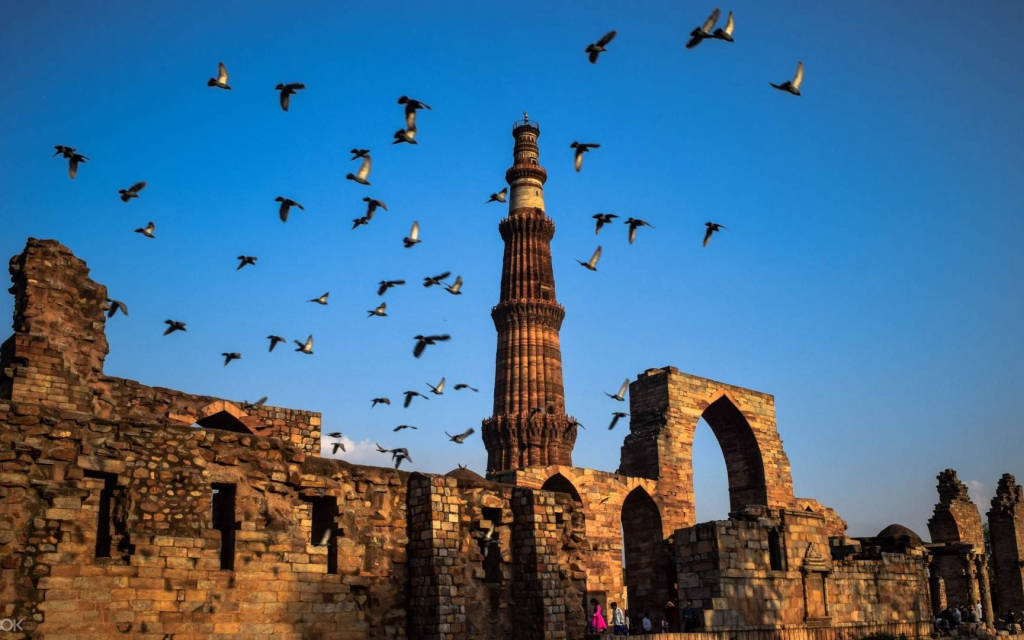
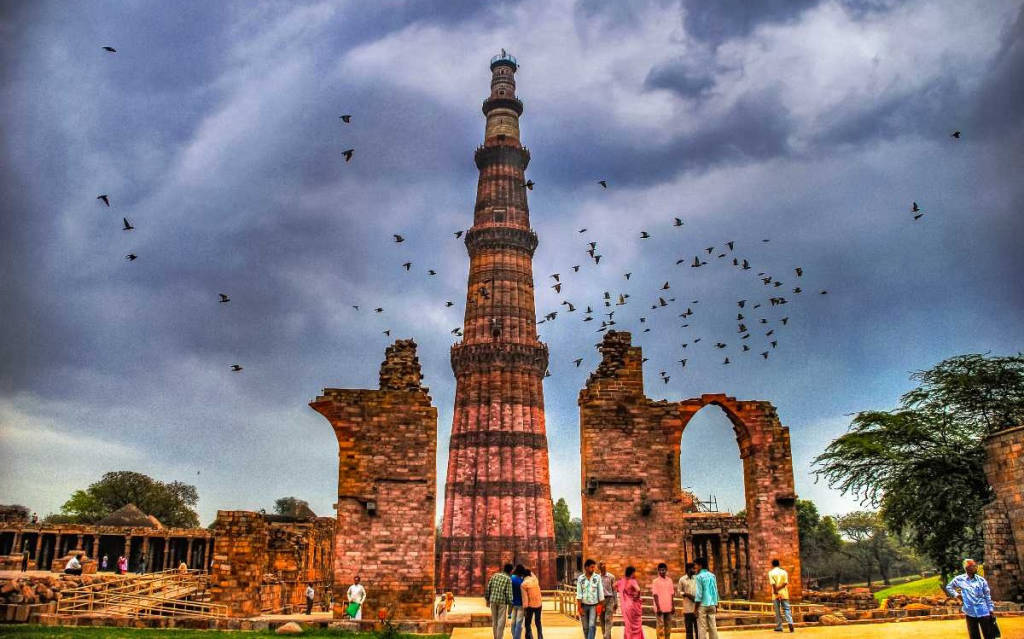
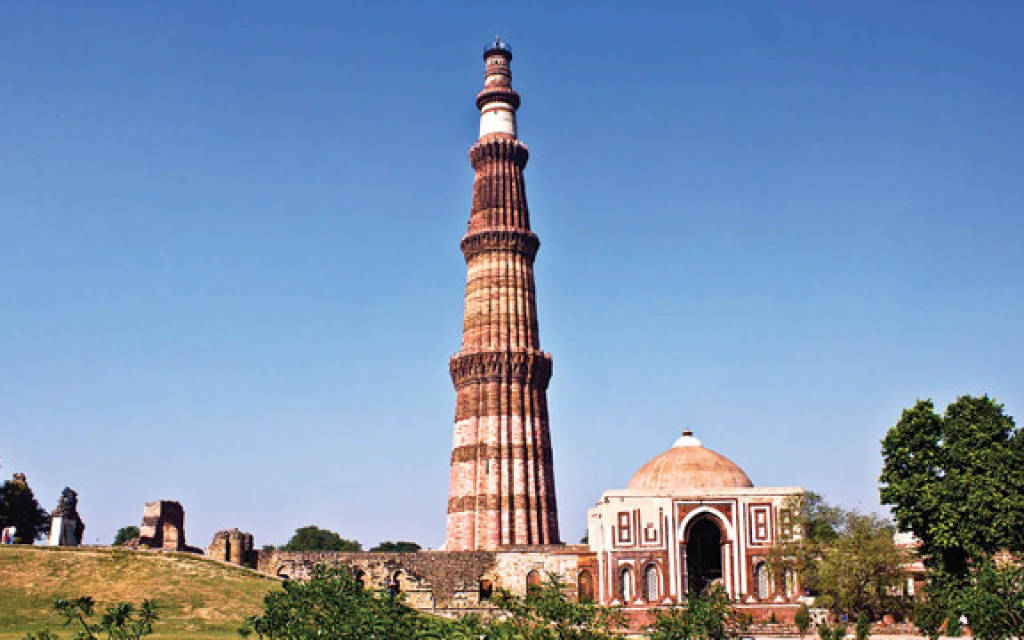
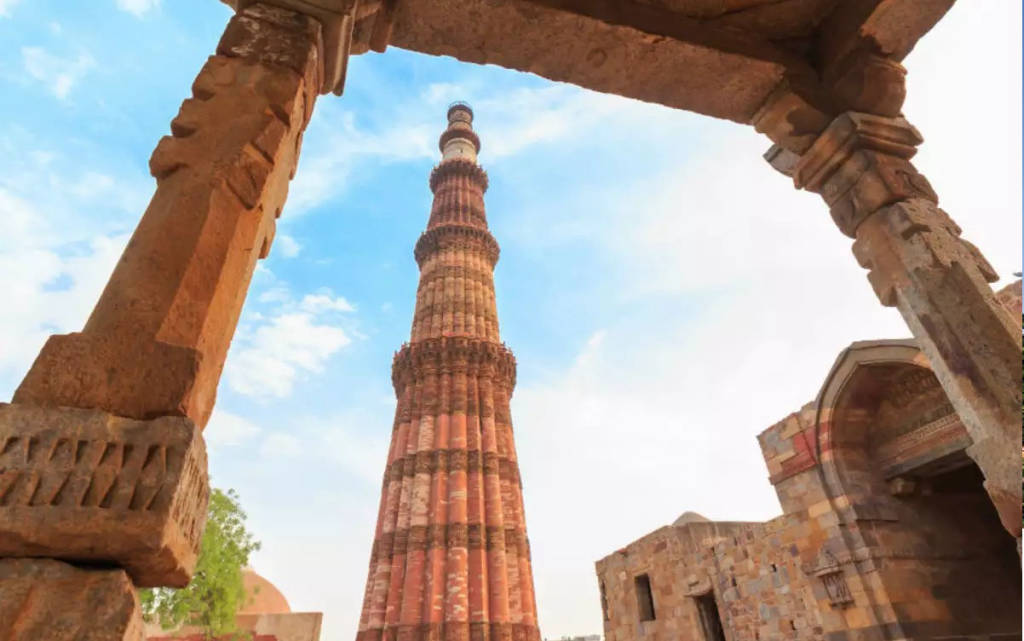
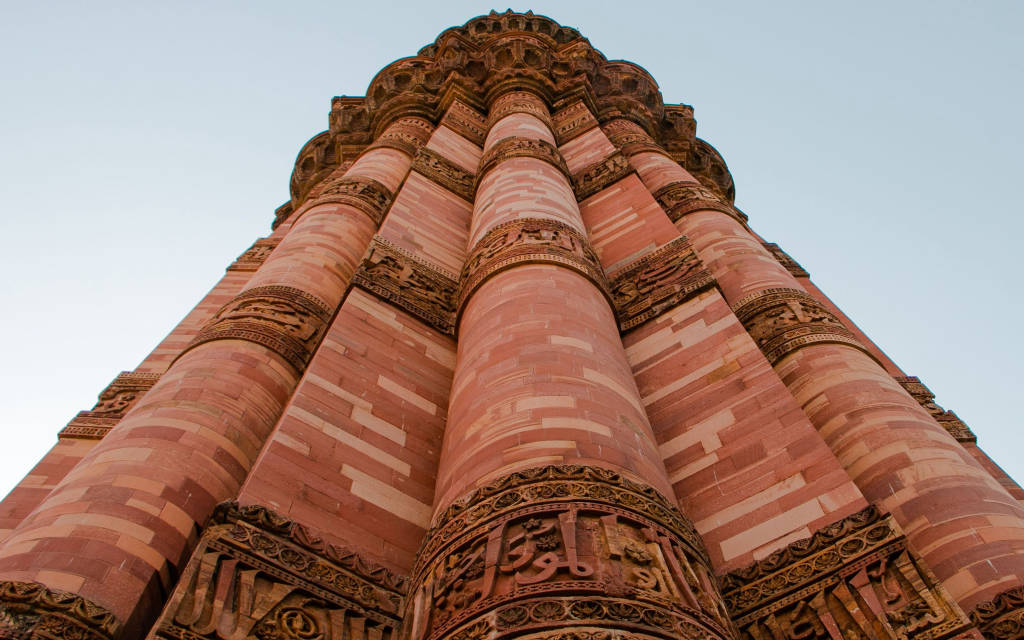





 New Delhi, Delhi 110030, India
New Delhi, Delhi 110030, India